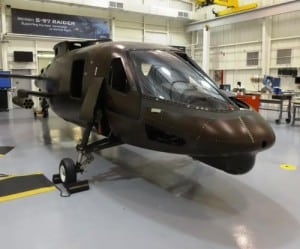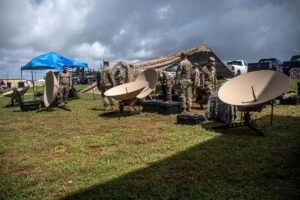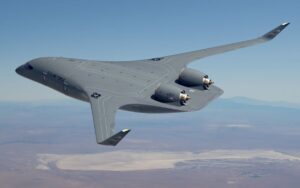
LOUISVILLE, Ky.--Sikorsky has been, for the most part, smoothly integrating with new parent company Lockheed Martin [LMT], except for a few hiccups in information technology (IT) systems, according to Sikorsky CEO Dan Schultz.Schultz told Defense Daily Wednesday Sikorsky has a dedicated team of roughly 25 to 30 people working solely on synergies and integration issues between Sikorsky and Lockheed Martin, including "mechanical" and IT issues. Lockheed Martin acquired Sikorsky from United Technologies Corp. [UTX] in November. "We augment (this team) with…













